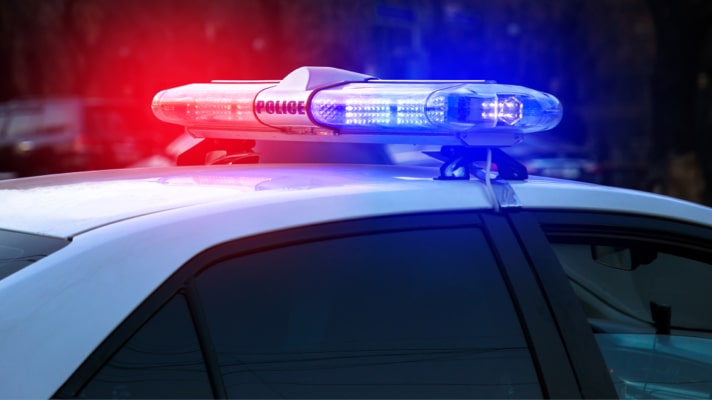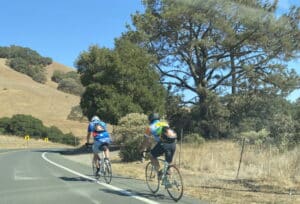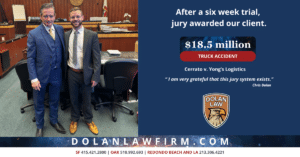Written By Chris Dolan and Kimberly Levy
This week’s question comes from Anonymous from Southern California, who asks: Do police officers have liability for injuries caused during high speed chases?
Dear Anonymous,
It depends on the specific facts involved. There are several sections of the California Government Code as well as the California Vehicle Code that address these kinds of situations. So, let’s look at some fact patterns. Suppose a police officer engages in a vehicle pursuit with a person (also in a motor vehicle) who is suspected of having just robbed a bank and, during the pursuit, the suspected bank robber crashes their car and injures another person who was not involved in the pursuit. In that case, the police officer and their department generally will not be liable for that person’s injuries. California Vehicle Code Section 17004.7(b) is clear in this regard.
But what if the officer crashes their patrol car during a vehicle pursuit and injures a bystander? Let’s say an officer is pursuing a suspected criminal, and during that pursuit, the officer engages in conduct that may be reckless or negligent. Police pursuits are fast-moving situations, requiring officers to make split-second decisions, often with limited or little information. However, the California Vehicle Code requires ALL drivers on the road to operate their vehicles in a safe and reasonable manner, obeying all rules of the road, including police and emergency vehicles. There are exceptions for police pursuits, fire engines on their way to a fire, ambulances taking a critically ill patient to the hospital, etc. But there are requirements for these exceptions, such as operating lights and sirens to warn those in the area that such circumstances are occurring.9
If an officer decides to engage in a vehicle pursuit, one can look at whether that decision to pursue was made in a reasonable manner. Generally, the decision to pursue a vehicle affords the officer a certain amount of immunity as they are making that decision in the course and scope of their employment as a police officer. Things can get interesting in examining the officer’s conduct during the pursuit.
For example, assume an officer in a patrol car is chasing a suspected criminal who is riding a motorcycle. The fleeing suspect on the motorcycle turns into a crowded farmers market with an extremely narrow path of travel down the middle, not enough room for something the size of a car or SUV. Suppose the officer, seeing the crowded conditions of the farmers market, decides to turn into the crowded area to pursue the fleeing suspect and hits and injures bystanders not involved in the pursuit or crashes into some vendor tents. In that case, that is a decision and an act that most reasonable people would consider negligent. And, if the officer’s actions during the pursuit are considered to be negligent, then that officer and his department will likely have some liability for those injuries and damages resulting from that decision and that conduct.
By contrast, assume the same fact pattern, but the officer does NOT pursue the fleeing motorcycle into the crowded farmer’s market. He instead radios dispatch for backup and informs them of the suspect’s last known location. But then the motorcyclist crashes while speeding through the crowded marketplace and injures bystanders and causes property damage. Because the officer acted in a manner that most people would consider reasonable, it is unlikely that the officer or the department would be liable for those injuries or damages. Once again, the California Vehicle Code Section mentioned above would control.
In answering these questions regarding police pursuits, courts will generally break the pursuit into sections and examine each section and decision made. An officer can have acted reasonably in some sections of a police pursuit but negligently in others.










